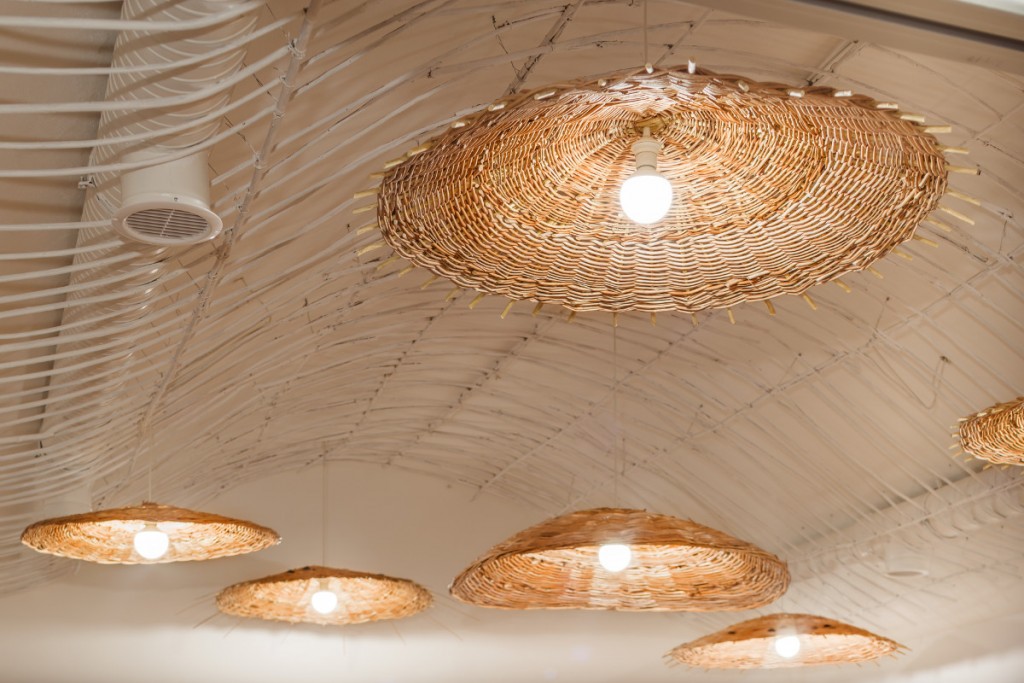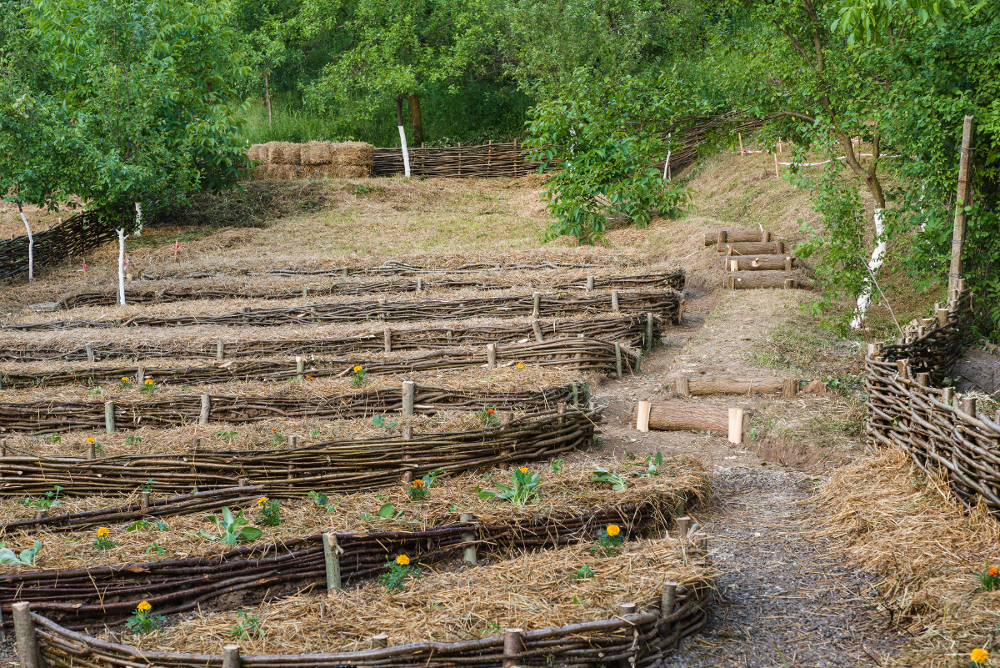Text: Cosmin Caciuc / Photo: Cosmin Dragomir (Boldești-Scăeni)
In this issue we present some examples of good ecological thinking, that I would label as high green, due to their coherent, mature, integrated, financially prudent vision, and responsible, in a broad sense, for the future of the built environment: the education centre of Boldești‑Scăeni (Adrian Pop – Center for Sustainability in the Built Environment), a dossier of the 4th edition of Holcim Awards for sustainable construction, and VTree, a prototype of an urban autonomous mobile power generator from this year’s festival Street Delivery, in Bucharest, by Studio Act.
And how does low green look? First, it is an area of superficiality, which would take partly, only for convenience, some visual “eco” aspects, solely because there is much talk of green architecture and it must be something good. Sustainable criteria actually form a complex guidebook and have become even a new specialization in the field of constructions, where processes and interrelationships prevail. This doesn’t only mean calculating the best thermal insulation coefficient, or improvised polystyrene insulation, or even the coveted performance labels with names of precious metals; it means looking for a smart collaboration between architecture and environment. Second, low green is characterized by a lack of consistency: abuse of expensive technology over passive configurations, ignoring typological context and local resources for fashionable iconic fads; the belief that green architecture is just something idyllic and isolated in nature, without proper reflection on the ecological consequences of the phenomenon called suburban sprawl. Third, low green is associated with deformed marketing or even forged by skillful advertising carried on with resonant “keywords”, strangled by platitudes: it is the same thing as painting the façade green and declaring that the architecture is also green, or that you’re green enough if you have several flowerpots, plus a solar panel.
Maybe the first two features of low green pertain to the “childhood” period of sustainable, inherent and transient practice. However, deformed marketing, selling slogans and green labels rather than real green products, is no longer a child’s play; it is a bit of cynicism and opportunism, a sham among authentic values. Public debate on sustainability has the difficult task of distinguishing between false environmentalism and genuine interventions in this field, and provide socially valid models. Maybe not all buildings must necessarily carry an eco‑label to justify their existence on a market so similar to consumer products, but all contemporary architecture must prove by something authentic that it is responsible to the city and the environment. Promoting the principles of sustainability is done here by Romania Green Building Council, to whom we will return in the next issue; these principles make it clear how wide the spectrum of expectations really is, with regard to green architecture, and how bound it is to what we call constructive common sense; overlooking all recommendations from the international rating systems in the field can only mean malignant intentions.



